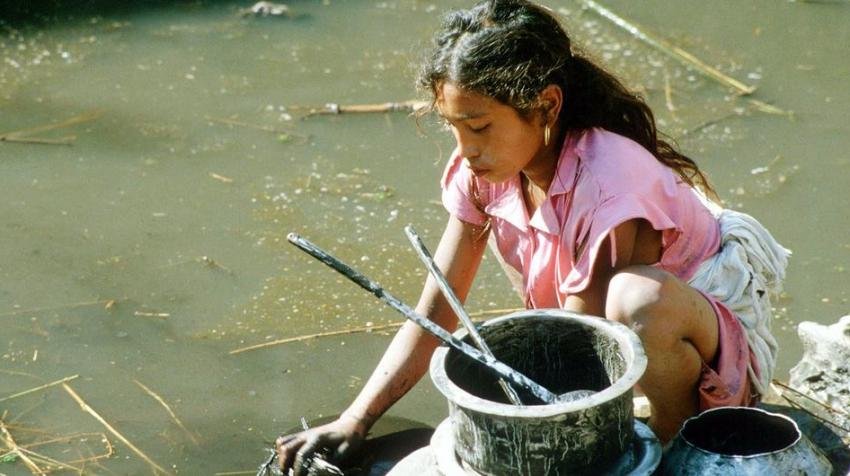Modern-day challenges expose the hidden chains of contemporary slavery, stretching from illicit markets to exploitative labor. Modern-day victims often blend into society, their plights unseen amid bustling city life. Modern-day slavery thrives in shadows, demanding a global awakening for eradication.
Modern-day slavery is not a relic of the past but an ongoing crisis that affects more than 40.3 million individuals worldwide, with a significant impact on women and children. Shockingly, 71% of victims are women and girls, and one in four slaves is under 18 years old.
The majority, 62%, suffer from forced labor, while the remaining 38% endure forced marriages.
Modern-Day Slavery Worldwide
While modern slavery is prevalent in Africa, with 7.6 out of every 1,000 people subjected to forced labor, trafficking, exploitation, prostitution, or marriage, it extends its dark shadow across the globe. Asia harbors the largest number of slaves, approximately 25 million individuals, constituting 62% of the total. In Europe and Central Asia, there are 3.9 slaves per 1,000 inhabitants. Unfortunately, limited data from regions like Latin America and Arab countries makes it challenging to assess the full extent of this crisis, suggesting that reported figures are likely underestimations.
Women and Children: Primary Victims
The two primary areas of concern are severe labor exploitation, affecting nearly 25 million people globally, and forced marriages, affecting 15.4 million individuals, primarily women and girls.
Women bear the brunt of modern slavery, comprising 71% of the total victims, totaling 28.7 million. They represent 99% of those exploited for sexual purposes and 84% of forced marriages. Children account for a quarter of modern slaves.
Exploitation manifests across various sectors, including illegal factories, camps, fishing boats, prostitution, and illicit activities like drug trafficking. Perpetrators range from private individuals and companies to criminal networks. Some governments, like North Korea or Eritrea, exploit their citizens for forced labor to bolster their economies.
Domestic Work: A Critical Issue
One of the most prevalent forms of labor exploitation is domestic work, primarily involving women and girls (61% versus 39% for men). Worldwide, approximately 67 million domestic workers exist, with 11.5 million being migrants.
Despite appearing as a relatively benign occupation encompassing tasks such as cleaning, cooking, childcare, and elderly care, domestic work often conceals grueling working conditions, unpaid labor, lack of medical care, passport confiscation, and inadequate legal protection, especially for foreign workers. Instances of physical and psychological abuse, violence, and sexual assault are tragically common in this sector.



































